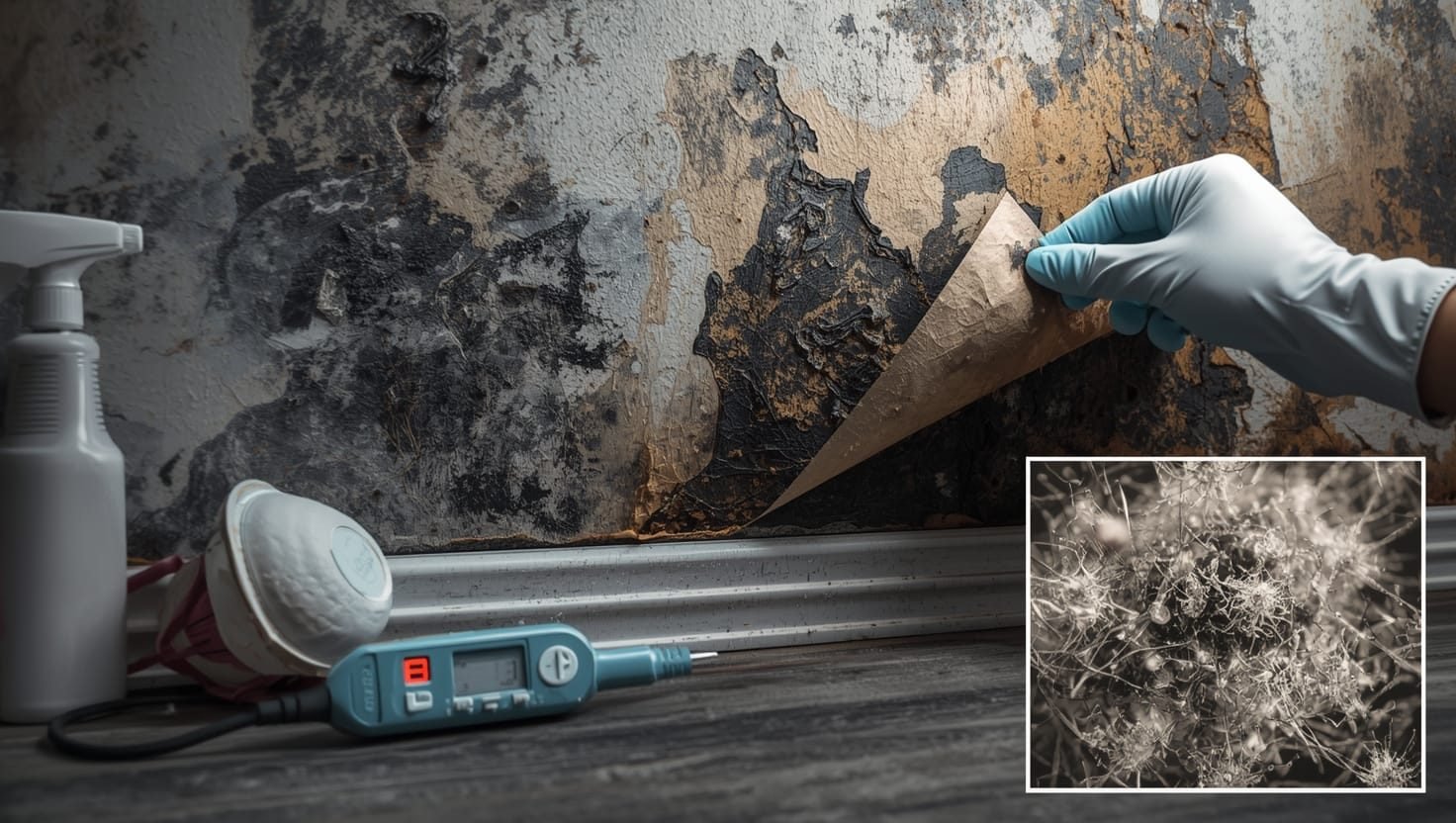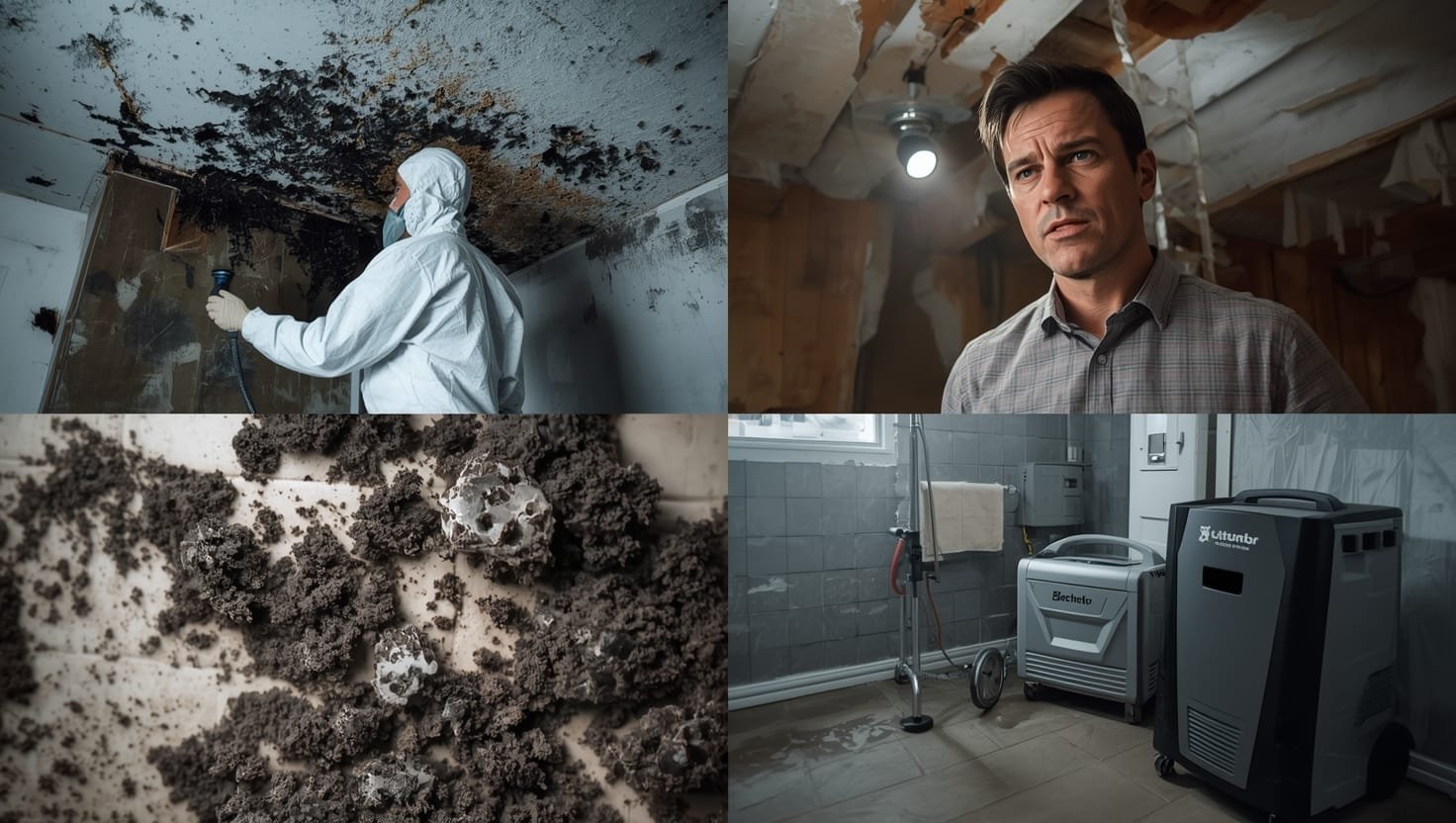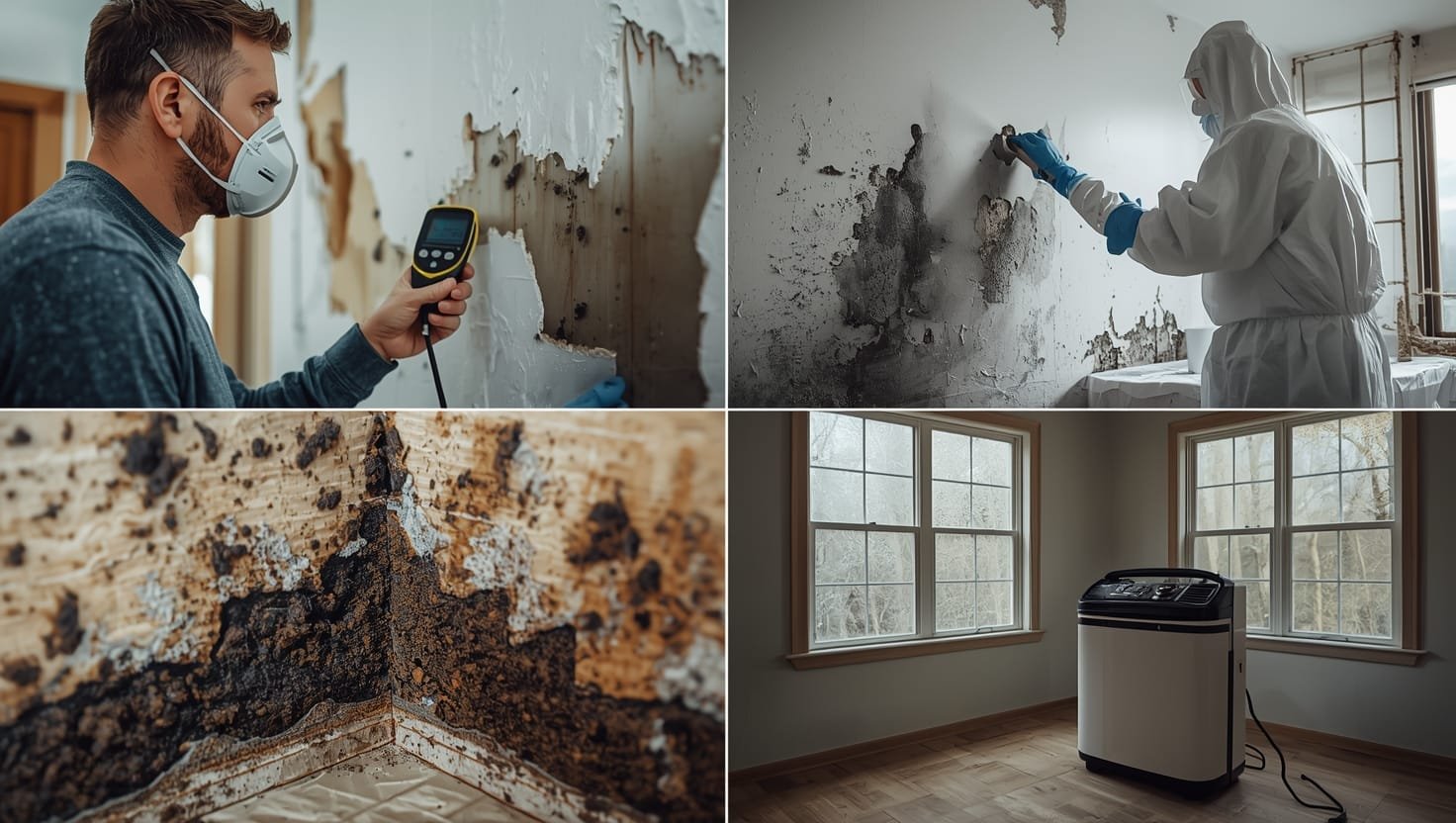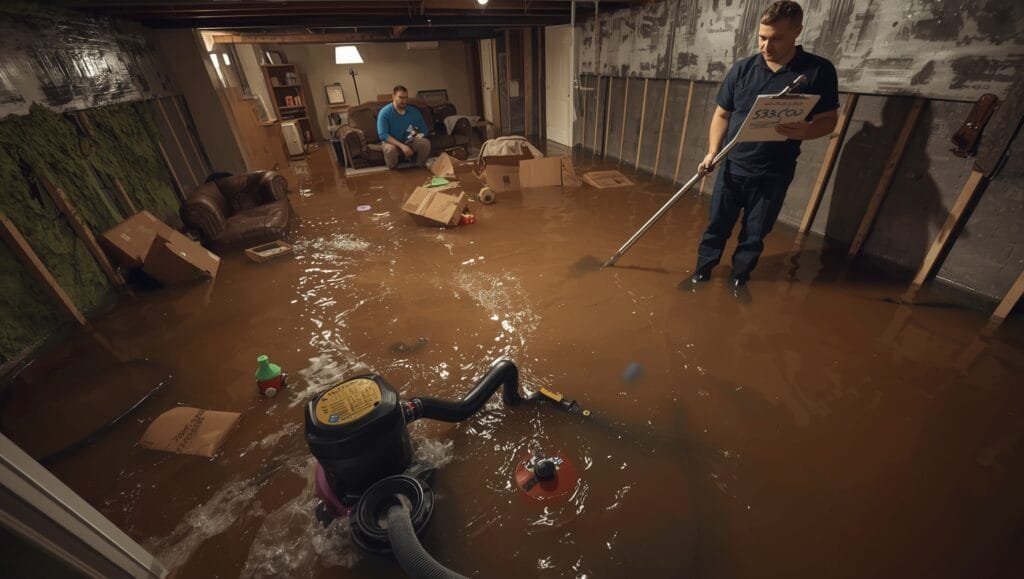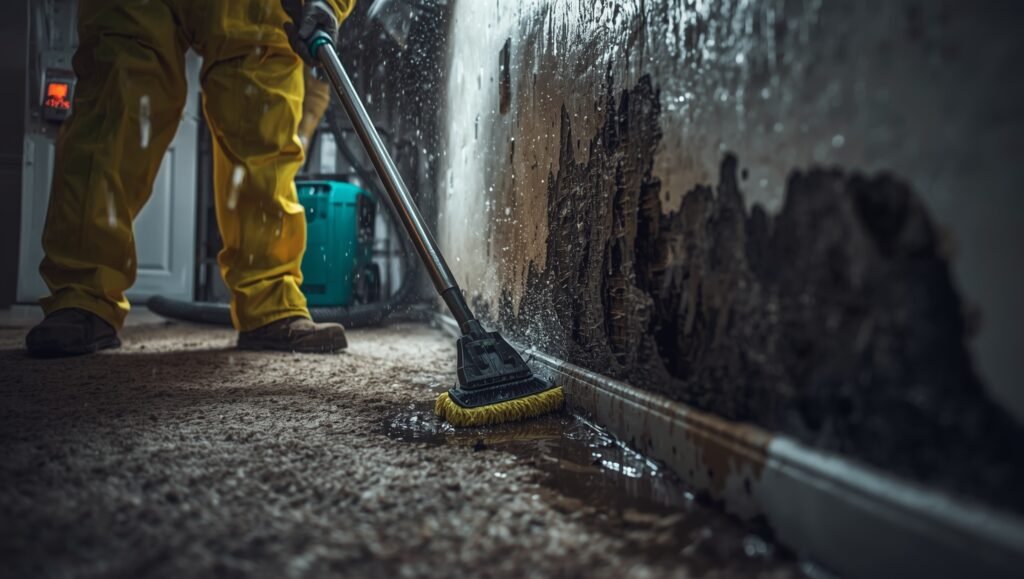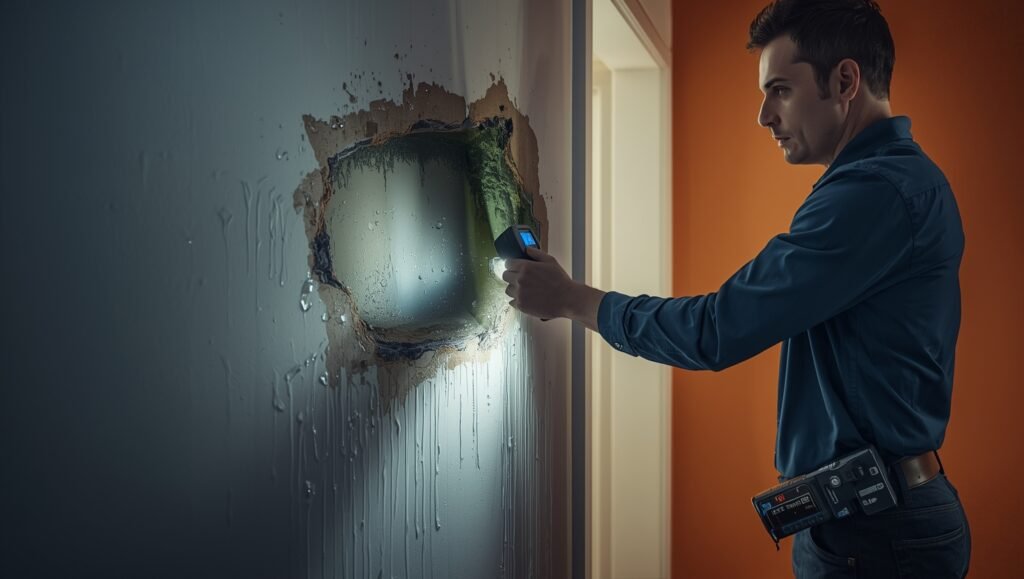Black Mold on Drywall: The Silent Home Destroyer You Can’t Ignore
$30,000. That’s how much one Rochester homeowner paid after ignoring a tiny black spot on their wall.
Black mold on drywall isn’t just unsightly—it’s a potential health hazard and structural nightmare waiting to happen. In less than 48 hours, these toxic spores can spread like wildfire, compromising your home’s integrity and your family’s health. This guide will walk you through everything you need to know about black mold, from identification to emergency intervention.
What Exactly is Black Mold?
Black mold, scientifically known as Stachybotrys chartarum, is a toxic fungus that thrives in damp, humid environments. Unlike other mold types, this variety produces mycotoxins that can cause serious respiratory issues and long-term health problems.
Key characteristics include:
- Dark black or deep green color
- Slimy or wet texture
- Musty, earthy odor
- Typically found in areas with consistent moisture
Bottom line: Black mold is more than an eyesore—it’s a serious health and home threat.
Where Black Mold Loves to Hide
Mold doesn’t just appear randomly. It strategically targets areas with consistent moisture and poor ventilation. In Rochester homes, we’ve seen black mold thrive in:
- Basement corners
- Behind bathroom walls
- Under kitchen sinks
- Around window frames
- Inside air conditioning units
One local homeowner discovered massive black mold growth behind their bathroom wallpaper—a hidden menace that had been developing for months.
Bottom line: Moisture + darkness = mold’s perfect breeding ground.
Health Risks: More Than Just an Inconvenience
Black mold isn’t just about property damage. It’s a serious health risk that can impact your entire family. Exposure can lead to:
- Respiratory infections
- Chronic coughing
- Skin irritation
- Neurological symptoms
- Compromised immune response
Kids and elderly individuals are particularly vulnerable. Walt Latuik, JetDry’s CEO, has seen firsthand how black mold can devastate families—which is why rapid detection and removal are crucial.
Bottom line: Black mold exposure can trigger serious, long-term health complications.
Identifying Black Mold: What to Look For
Not all dark spots are black mold, but knowing the signs can save you thousands. Here’s a quick visual guide:
- Color: Deep black or dark green
- Texture: Slimy, wet appearance
- Pattern: Often grows in circular clusters
- Smell: Musty, earthy odor
Pro tip: If you’re unsure, don’t guess. Call JetDry for a professional assessment.
Bottom line: Visual inspection is your first defense against hidden mold threats.
Moisture: The Real Culprit Behind Black Mold
Mold doesn’t just appear—it’s summoned by moisture. In Rochester’s humid climate, controlling moisture is critical. Common moisture sources include:
- Leaking pipes
- Poor ventilation
- Water damage
- High indoor humidity
- Condensation buildup
We once helped a family who didn’t realize a small pipe leak was creating a perfect mold breeding ground behind their kitchen wall.
Bottom line: Control moisture, and you’ll dramatically reduce mold risk.
Walt and his team have saved homes like yours for over 20 years. If you’re dealing with potential black mold—don’t wait. Contact JetDry now and protect your home and health.

